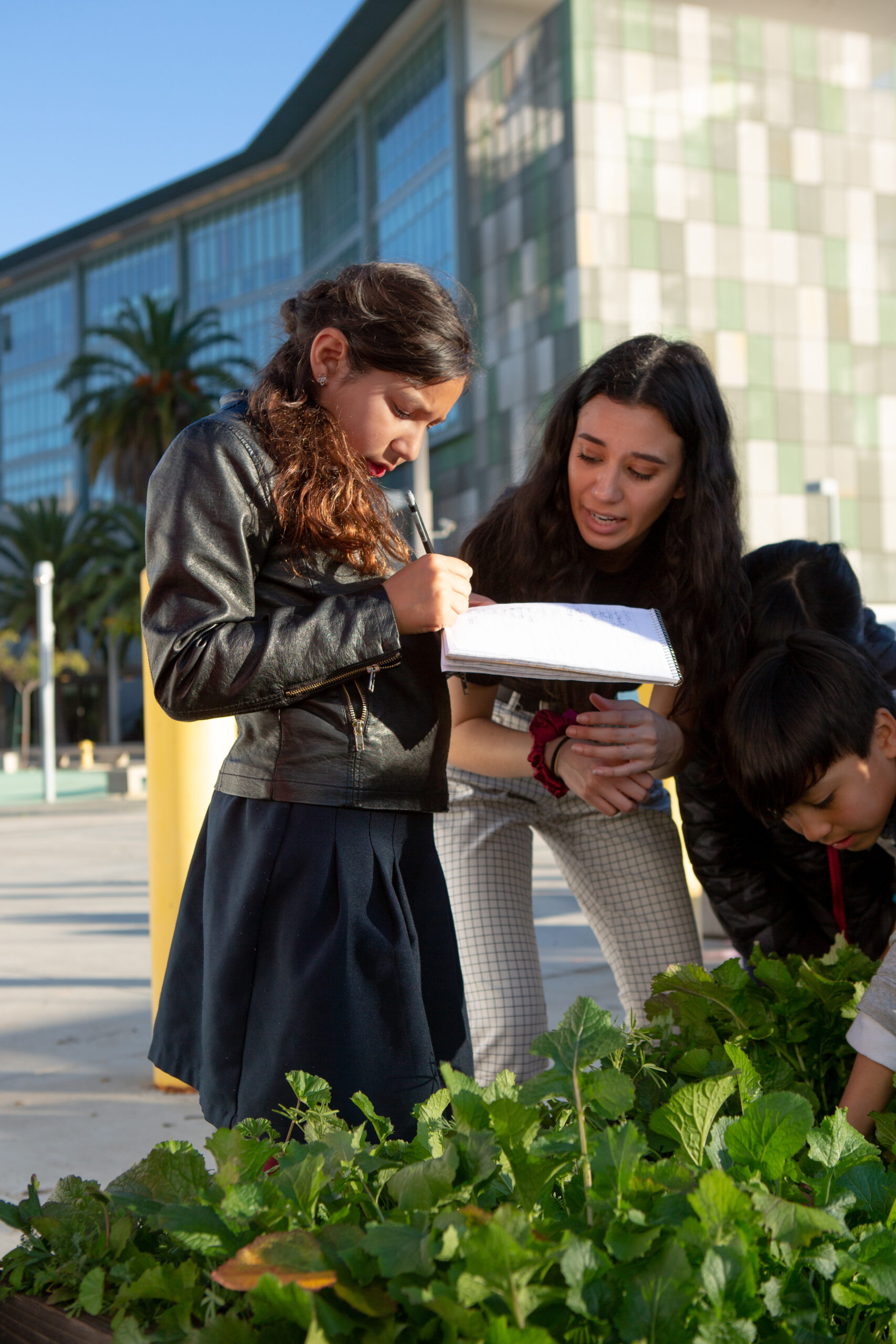
The below information is courtesy of University of Richmond education professor Kate Cassada:
“Community leaders and policy makers, recognizing that student academic success relies on meeting the broader individual needs of children, are seeking an integrated, whole child approach. One model answering the call is the Community Schools movement, which offers ‘wraparound’ services to support the holistic needs not just of school-aged children, but of their families and communities, as well.
The Community Schools model challenges a traditional vision of K-12 schools designed only to deliver a state-approved core academic curriculum.
According to the National Education Association, “Community Schools are public schools that provide services and support that fit each neighborhood’s needs, created and run by the people who know our children best—all working together.” Those making decisions about needs and services include everyone invested in the success of K-12 students, including the children and their families, educators and schools, and local governments and organizations.
Community Schools Target Individual Needs Of Students And Communities
In a Community Schools model, student needs are met through a variety of approaches that may include Out of School Time programming for youth, such as career exploration or sports and recreation programs; family assistance, such as medical clinics, food pantries, or stable housing support; and integrated non-academic supports during the school day, such as mental health services and mentoring.
While Community School models focus on the needs of individual communities and vary from location to location, consistent successful practices are identifiable. A “Community Schools Playbook” provided by the Partnership for the Future of Learning serves as a guide to advance the Community Schools movement, address barriers to student success, and help prepare “students for success in life and as citizens.” NEA policy analysts note that Community Schools can go well beyond the K-12 years, supporting students and communities from cradle to career.
Seeking successful evidence-based practices, the Learning Policy Institute collaborated with the National Education Policy Center to analyze 143 “’rigorous’ research studies. This comprehensive report, “Community Schools as an Effective School Improvement Strategy: A Review of the Evidence” identified four pillars common to Community School success.
Read the full story here.